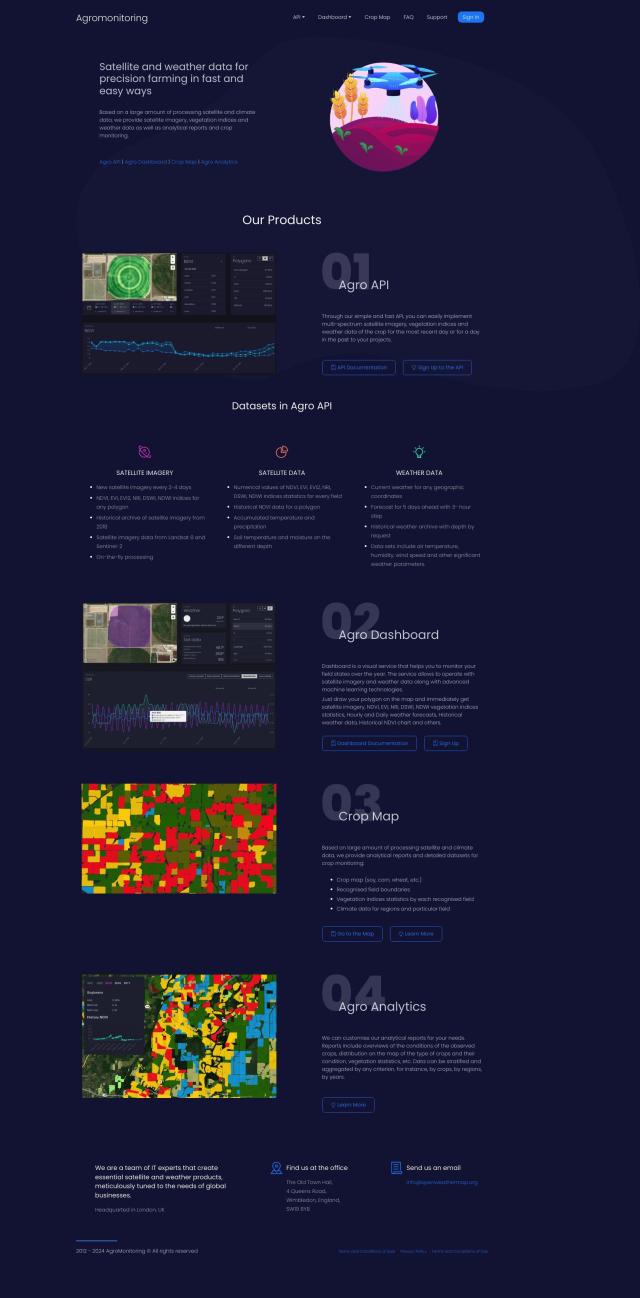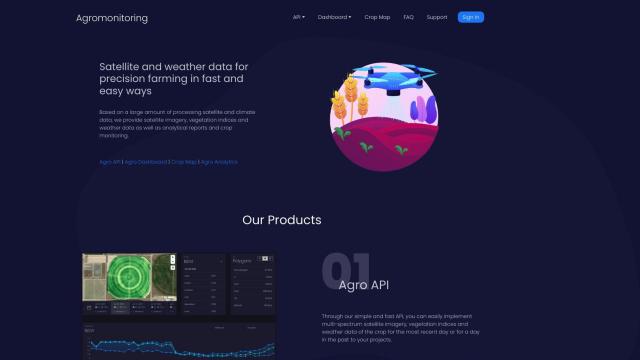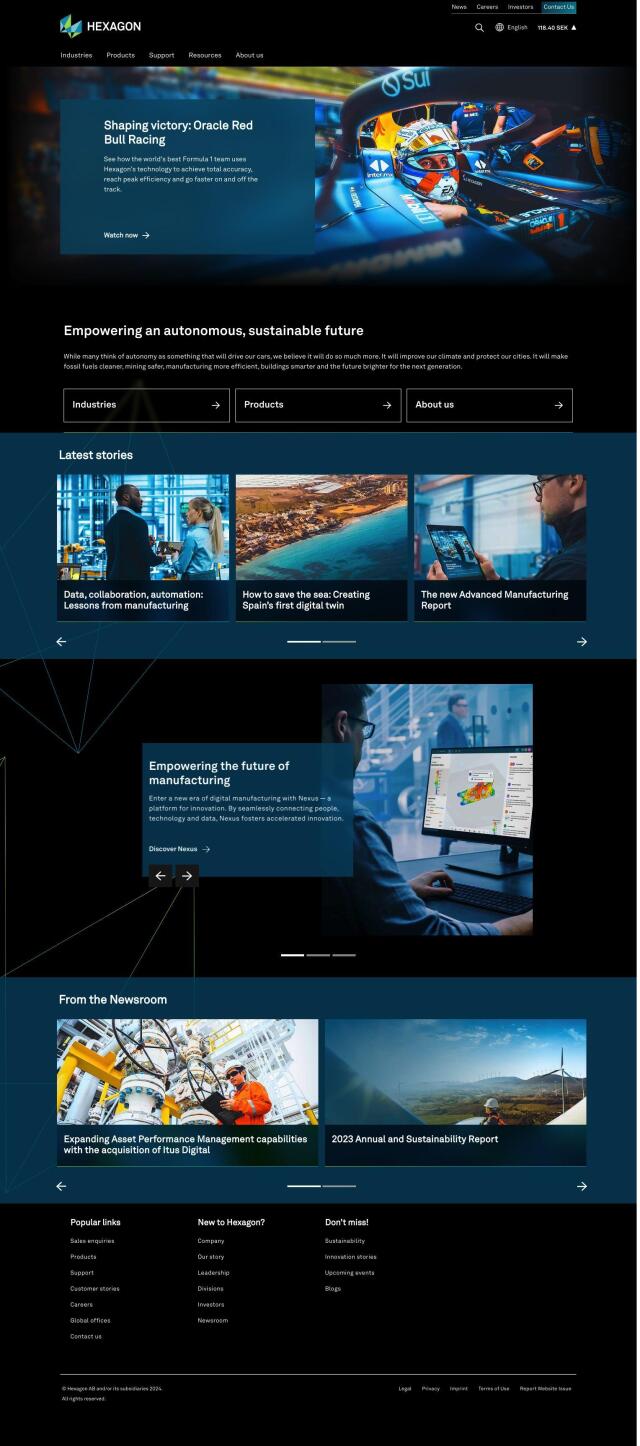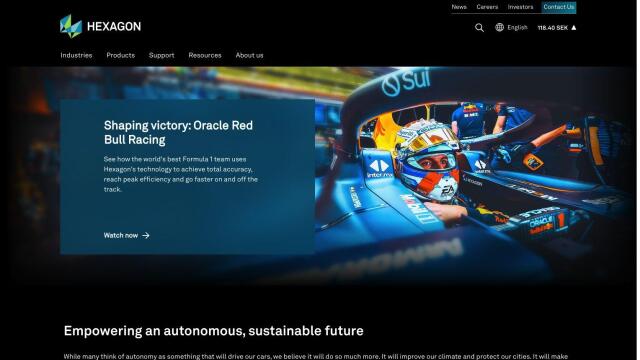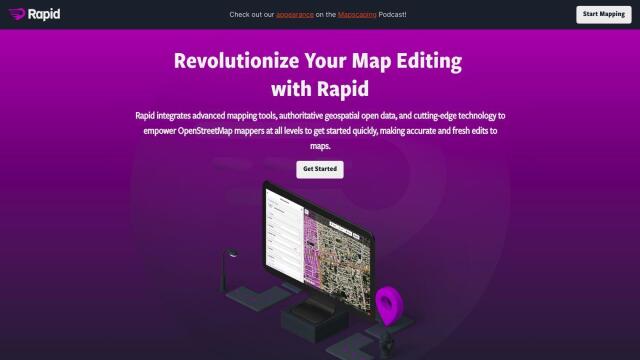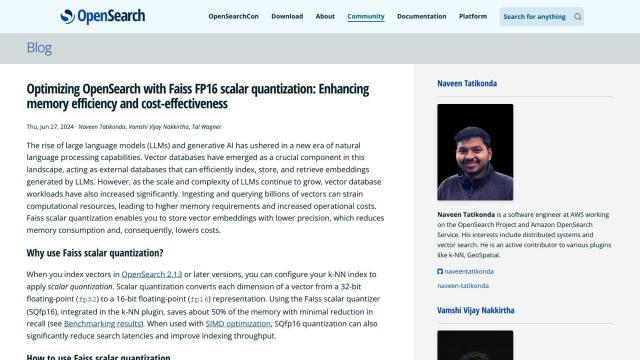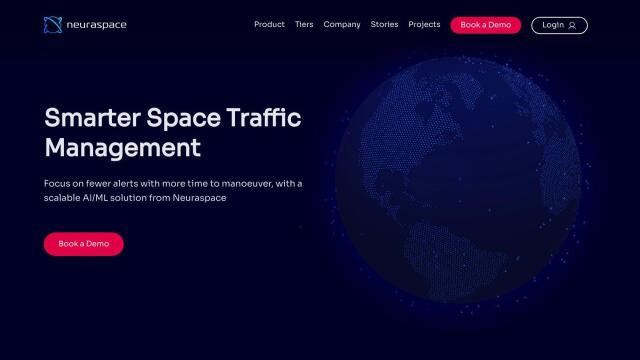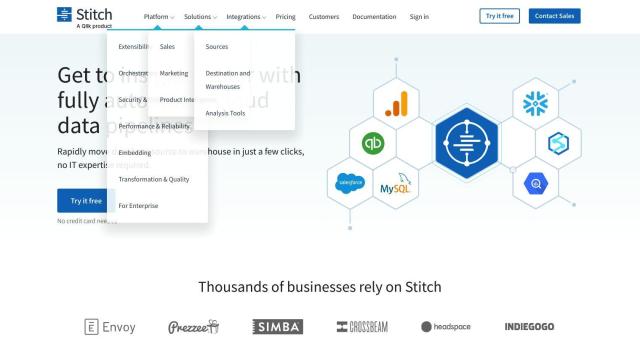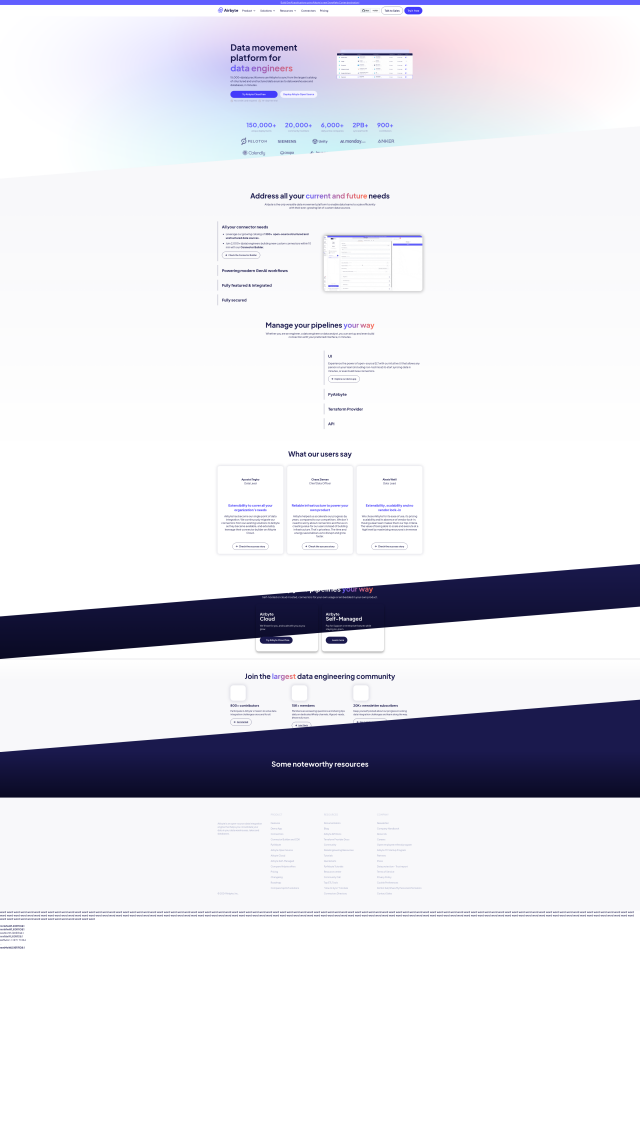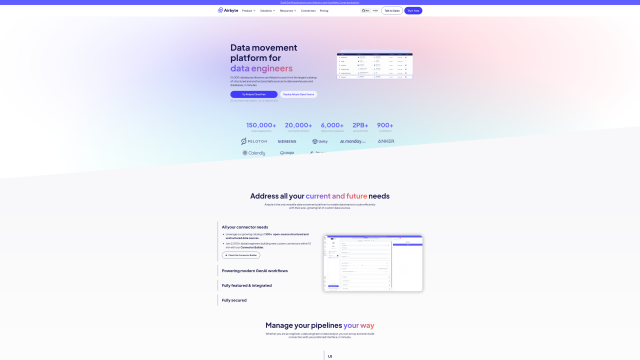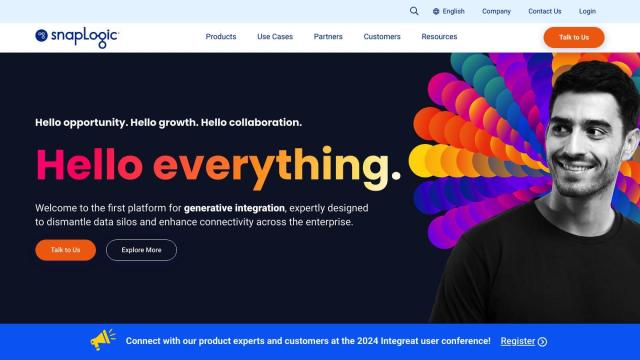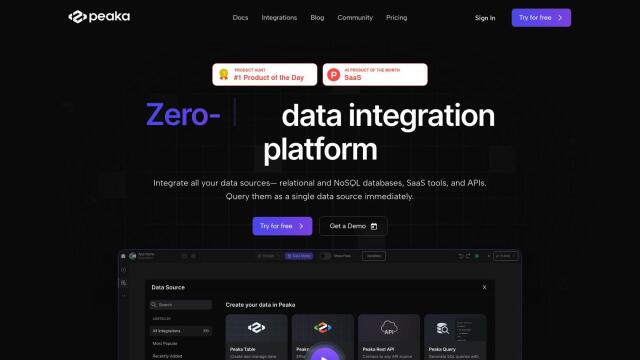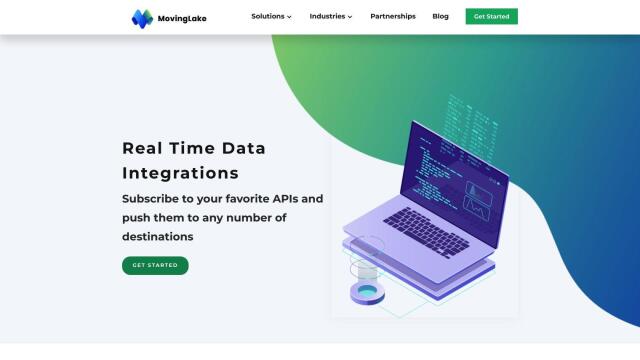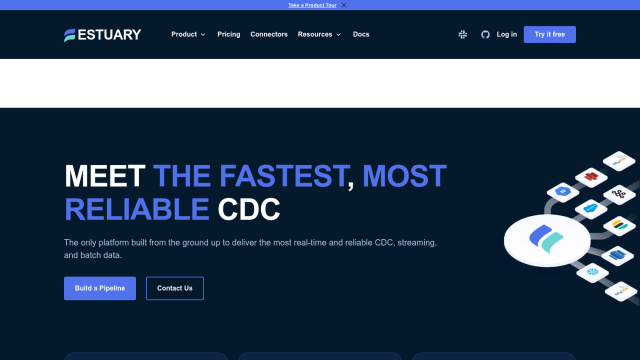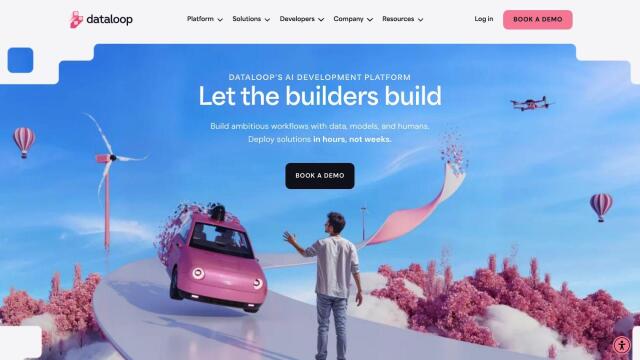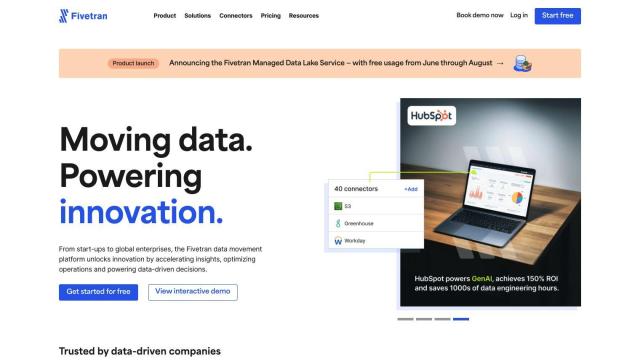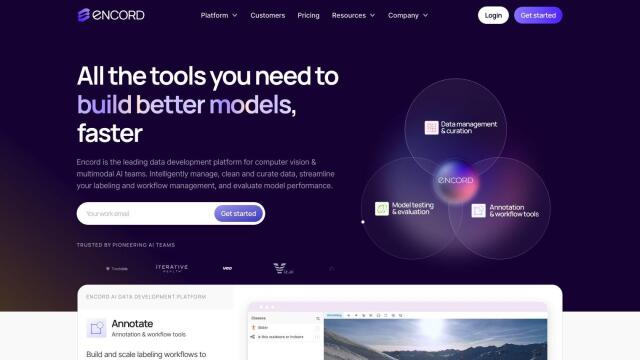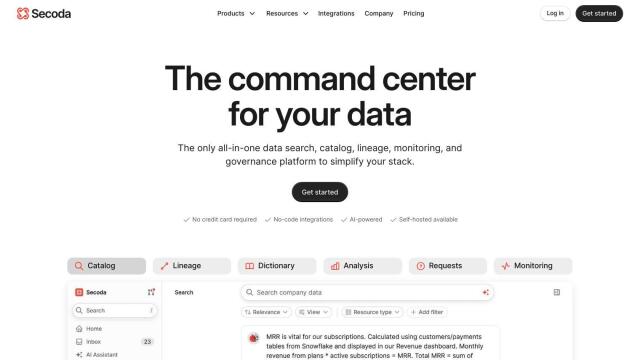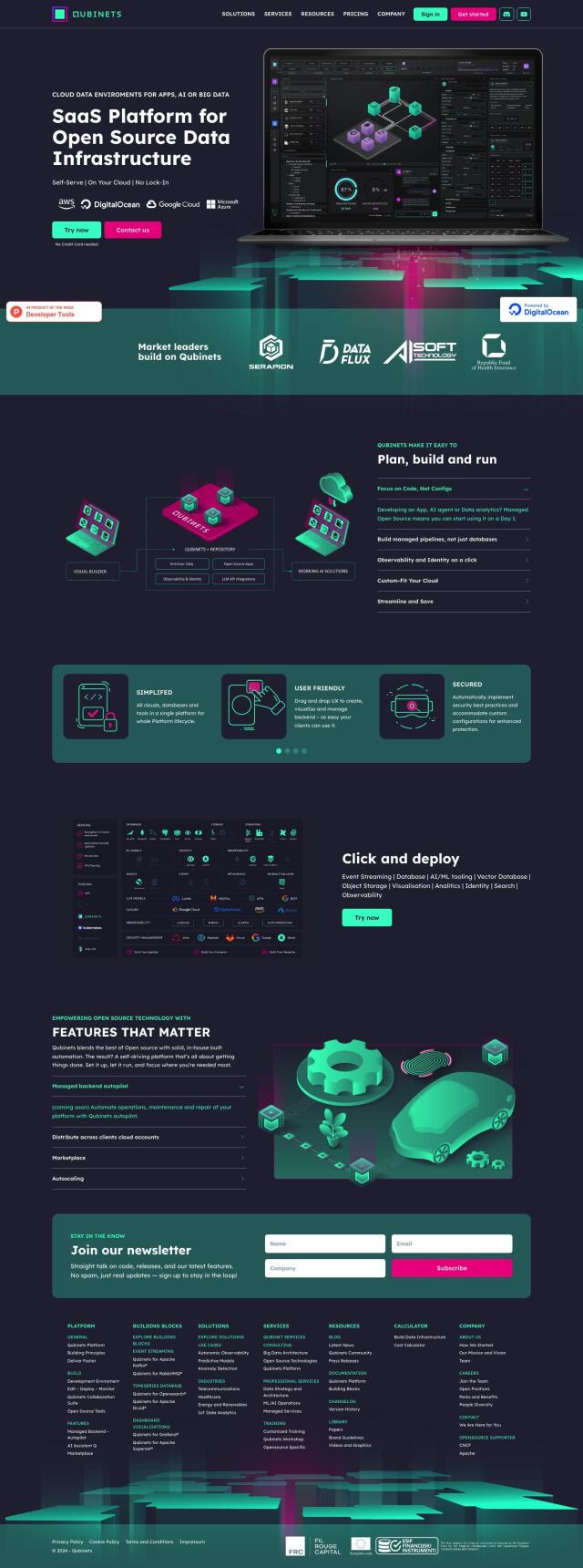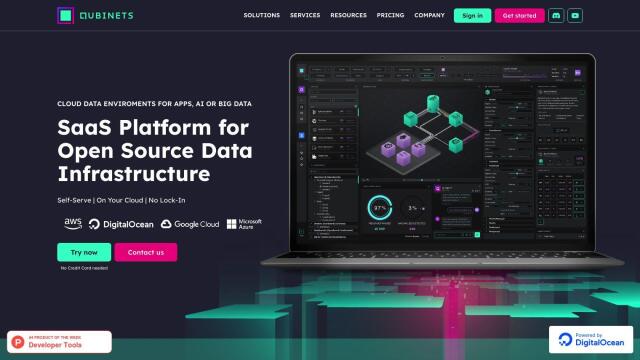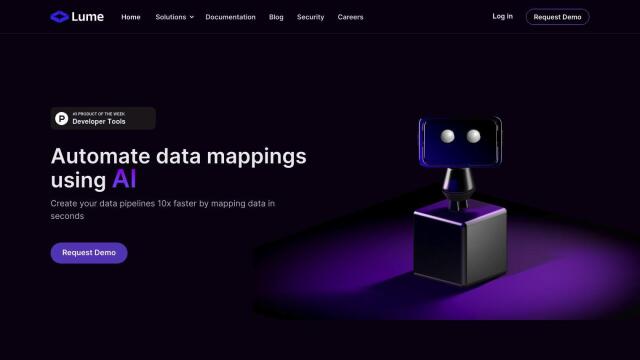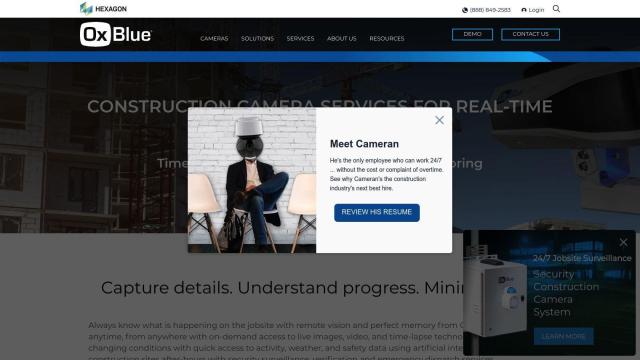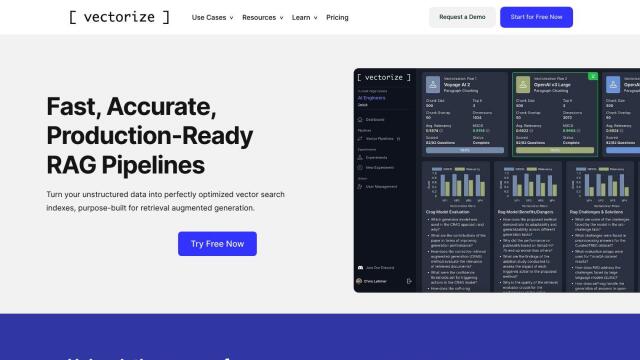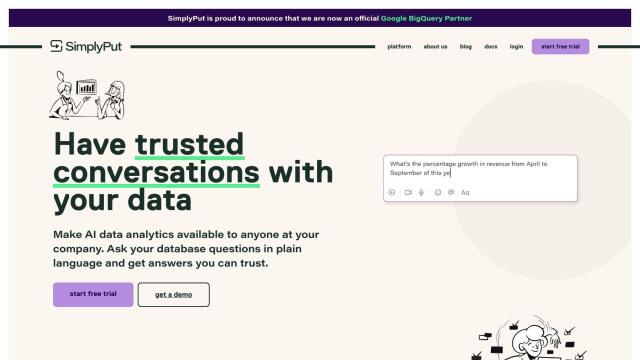Question: How can I easily integrate satellite data into my remote sensing applications without having to handle synchronization and processing?
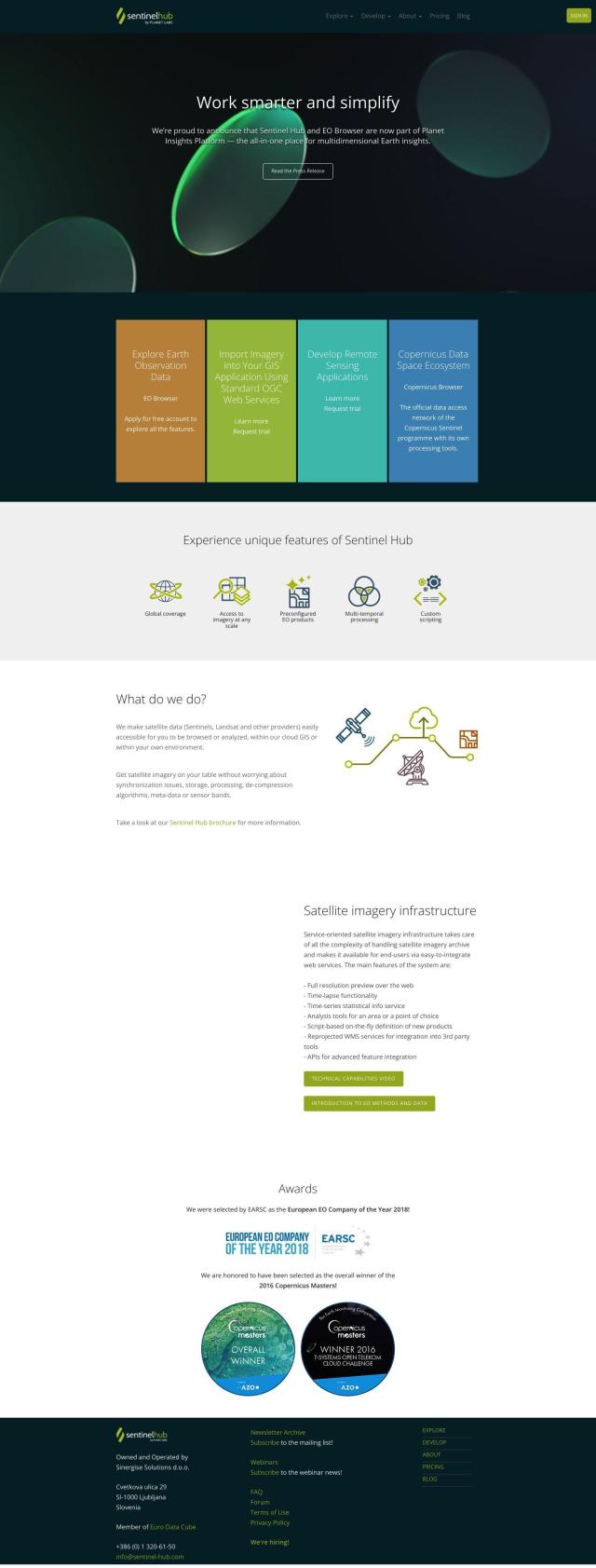
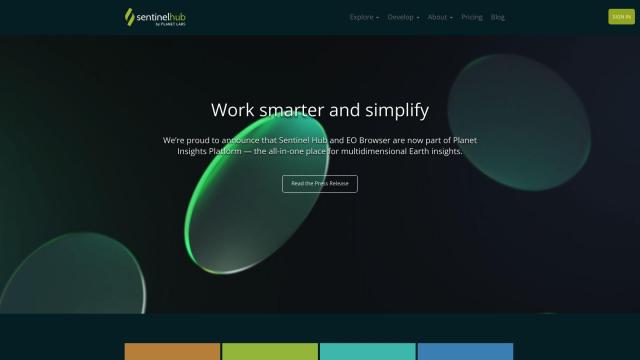
Sentinel Hub
If you want to tap into satellite data in your remote sensing projects without worrying about synchronization and processing, Sentinel Hub is a good choice. This cloud-based API offers a single service to consume satellite imagery from sources like Sentinels and Landsat, along with tools like EO Browser for image visualization and custom visualization. Sentinel Hub takes care of the grunt work of synchronization, storage and processing so you can concentrate on analysis and application.

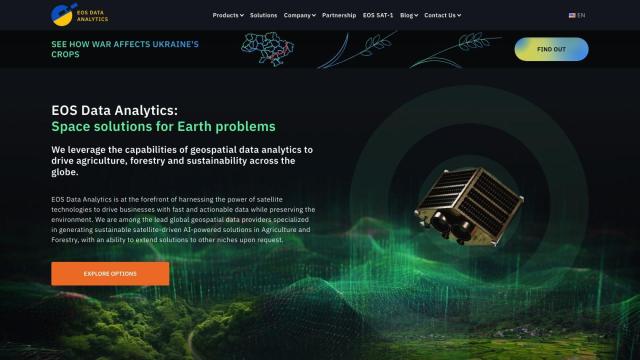
EOSDA
Another option is EOSDA, which offers geospatial data analysis and machine learning-based tools for agriculture and forestry. EOSDA offers tools for crop monitoring, yield forecasting and soil moisture analysis, among other things. It also includes LandViewer, a GIS software package for processing and storing satellite imagery, so it's a good option for businesses trying to become more sustainable and make better decisions.
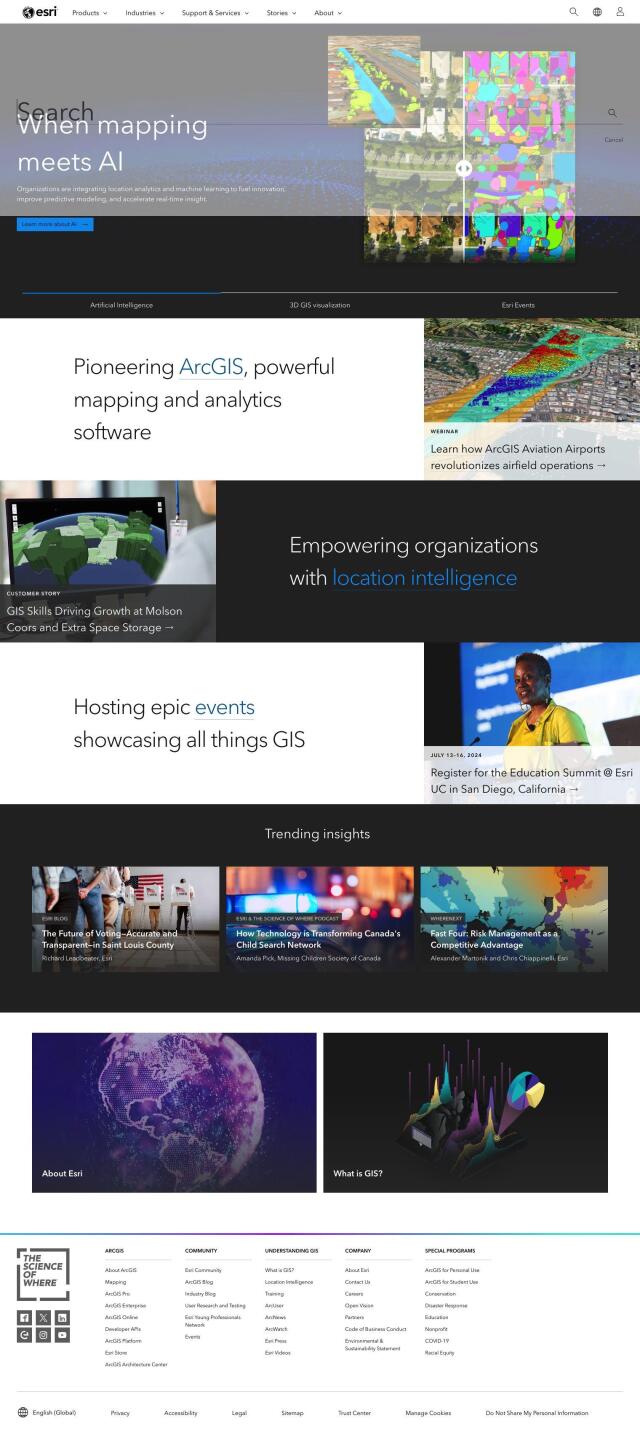
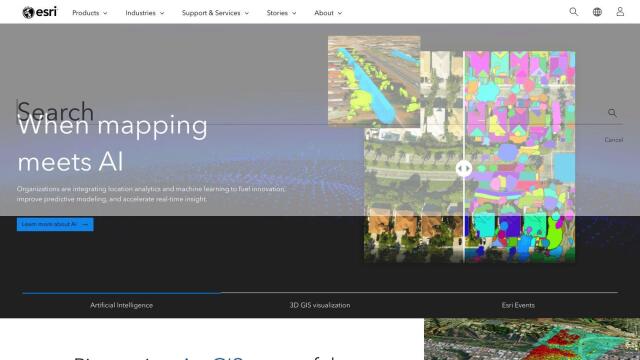
Esri
For a more general spatial analytics foundation, look at Esri, which marries GIS mapping and spatial analytics with location intelligence and machine learning. Esri's platform supports 3D visualization, real-time decision-making and data management, and can run on cloud infrastructure or on-premise. It offers a broad set of tools that can be customized for many industries, so it's a good general-purpose option for remote sensing.

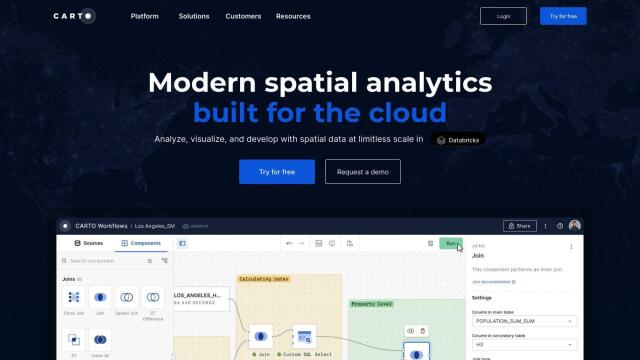
CARTO
Last, CARTO is a cloud-native location intelligence platform that makes spatial data analysis and visualization easier. It has an intuitive drag-and-drop interface, built-in GenAI abilities, and access to more than 12,000 geospatial data sets. CARTO's app development and cloud-agnostic design means it's a good option for businesses that want to use spatial analytics to drive business insights and decision-making.
